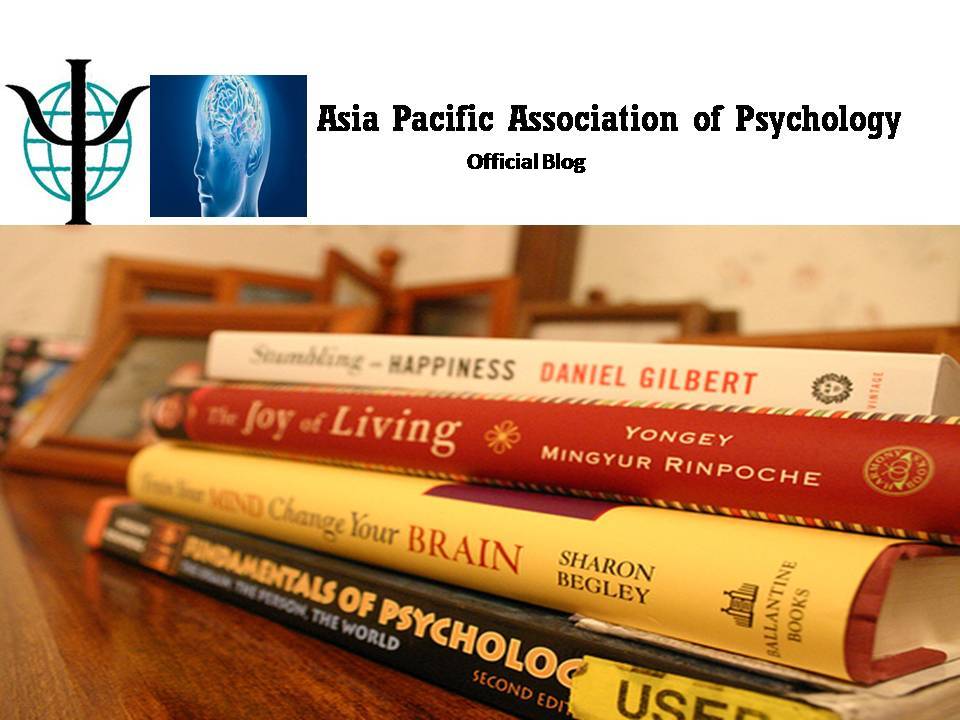The ground-breaking social psychological experiment of Festinger and Carlsmith (1959) provides a central insight into the stories we tell ourselves about why we think and behave the way we do. The experiment is filled with ingenious deception so the best way to understand it is to imagine you are taking part. So sit back, relax and travel back. The time is 1959 and you are an undergraduate student at Stanford University...
As part of your course you agree to take part in an experiment on 'measures of performance'. You are told the experiment will take two hours. As you are required to act as an experimental subject for a certain number of hours in a year - this will be two more of them out of the way.
Little do you know, the experiment will actually become a classic in social psychology. And what will seem to you like accidents by the experimenters are all part of a carefully controlled deception. For now though, you are innocent.
